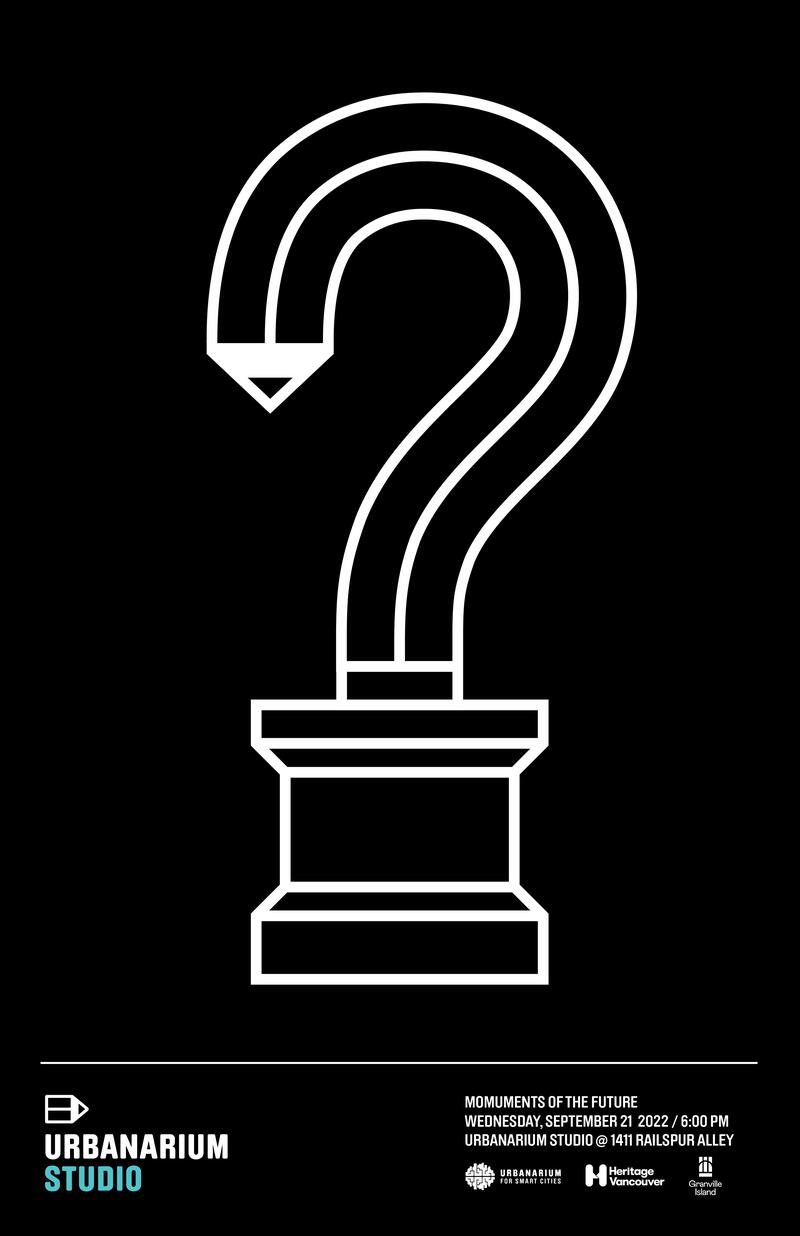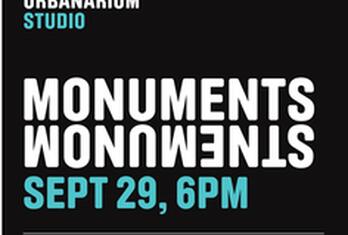Monuments
It’s an incomplete, often inaccurate and harmful commemorative landscape out there. As many municipalities work on their commemoration policies, how can we rethink the way we design, maintain and debate public representation? What would a reorientation of the status quo of monuments be?
In this Studio we look at the uses of space and manifestations of public memory, pushing beyond the thinking of memorialization as the installation of a physical monument and talk about it in terms of memory work. We imagine and discuss different processes of memorialization and introduce ideas around meaning, the passage of time and succession.
The Truth And Reconciliation Commission's Calls to Action # 79 to 83 ask us to ensure that there is public commemoration of residential schools to honour Survivors and all the children who were taken from their families and communities. But moving forward, when it comes to commemoration in our public spaces, how do we decide who has power to determine what that commemoration looks like, and how much power are they given? What’s the conversation process for a diverse public that has different perspectives and experiences on specific events, ideas and people?
In the publication "Reflecting Authority" Monument Lab Research Advisor Laurie Allen and Director Paul Farber write: “In the case of reckoning with and remediating our public sites of memory, we have reached a point that necessarily means participation must not be perfunctory or frivolous. We need processes and outcomes that grapple with the life cycles of historical memory, especially those that have shaped public spaces in inequitable and violent ways.”
Five different tables worked on a new commemoration process, ideating on how do we (and can we?) democratize historical narrative, memory keeping work and future monuments.
Studio Host: Bill Yuen
Illustrators: Kristen Elkow, Sam Khany, Neda Roohnia, Helena Benham, Jaldhi Gohil
Special Guest: Tamara Bell
Performance by: Niña Mendoza



